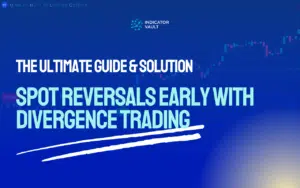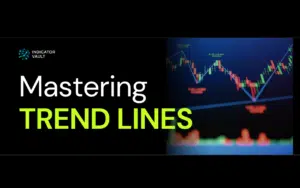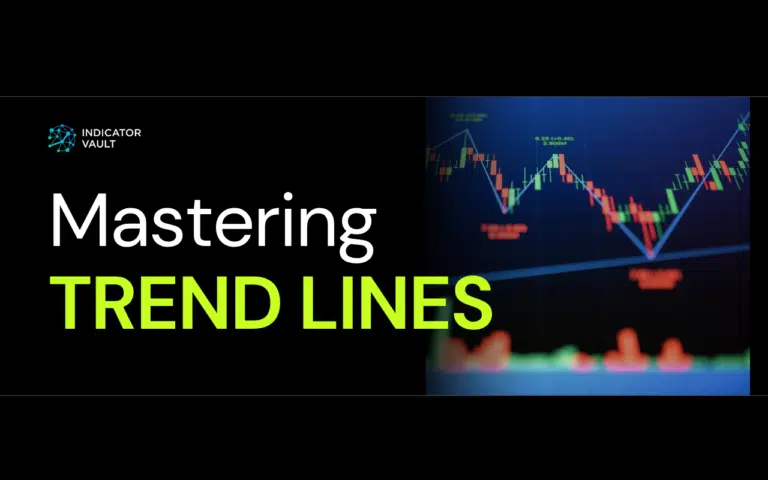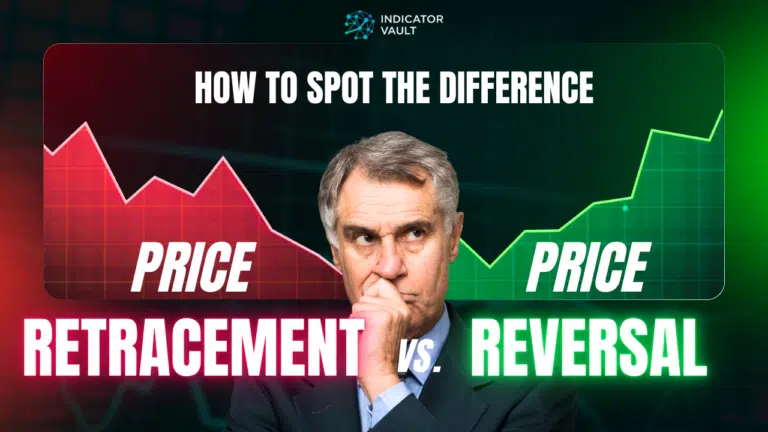Table of Contents
1. Introduction
One of the most critical questions to answer in any novel trading journey deals with one’s preferred strategy, duration-wise. Day trading and position trading are two distinct approaches from the limited options, but which method suits one best? Are there any pros or cons with either option?
This article answers more questions regarding the right choice between day and position trading. As a perk, readers will also gain exclusive access to two innovative technical tools that boost every strategy significantly.
2. Understanding Day Trading Strategy
Day trading in the financial markets entails buying and selling assets within a trading day. A day trader opens and closes every active position during the period, and none is left overnight.
For instance, a forex day trader will speculate, forecast, and trade currencies within a 24-hour trading period. Every active position on the interested currency pair(s) must be closed before the Sydney session begins the next trading day.
In other markets like indices, a trading day depends on the exchange regulating an interested asset.
Day traders employ intraday charts, such as the 1-minute (M1), 5-minute (M5), 15-minute (M15), and 1-hour (H1) charts more frequently. Much higher time frames are for trend analysis to avoid getting caught on the wrong side of the market.
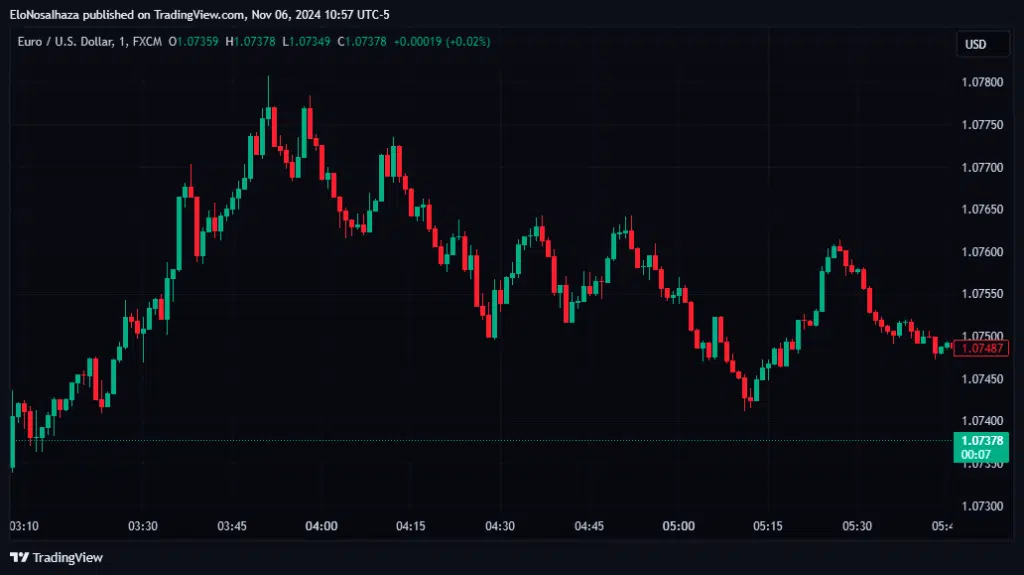
A day trader can take about 10-20 trades (and even more) per day, depending on the available opportunity. The goal is to profit from relatively short-term price moves using several fundamental and technical analysis techniques.
3. Position Trading Defined
Position trading is a strategy that involves long-term analyses and trade executions in the financial markets. A position trader can hold trades for weeks, months, or even years, hoping to exploit the extended price difference of an asset.
It is more of an investment approach known as the buy-and-hold strategy.
Hypothetically, owing to forex’s 24-hour activity status on weekdays, position traders can take opportunities in this market from Monday to Friday. Prices may be more volatile in some periods, but it doesn’t discourage participation because traders have a longer-term market outlook.
More practically, the strategy is popular in the stocks, real estate, and commodity markets.
Trading opportunities are more scarce in position trading than in any other strategy.
A position trader may discover only one promising setup in several weeks or months of detailed analysis. They work with time frames from 15-minute (M15) to one-month (MN) periods but may go lower for more refined trade entries or exits.
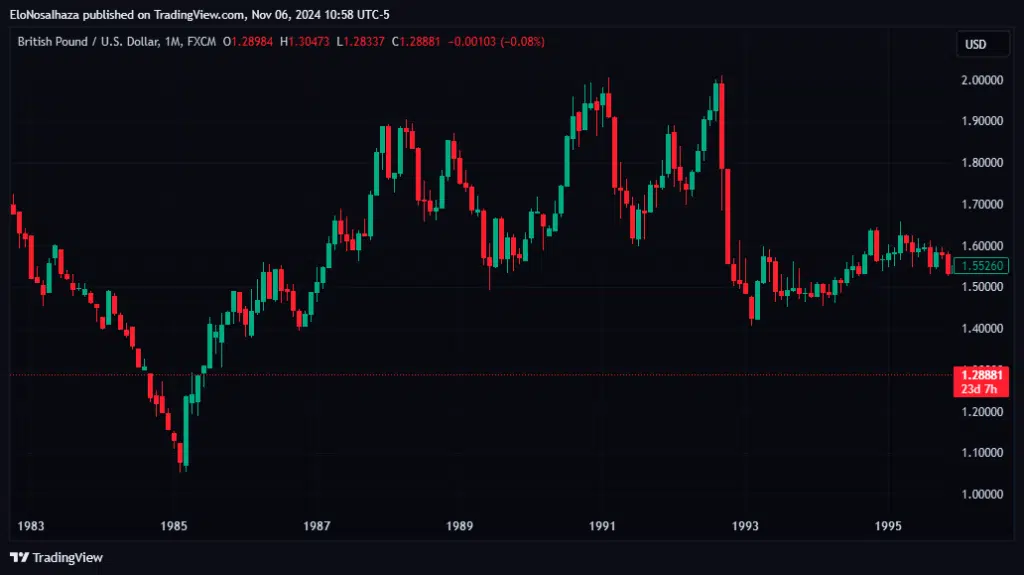
4. Day Trading vs. Position Trading: Which Strategy Is Better?
The better strategy depends on the individual.
Day trading is better for traders who can dedicate considerable time and effort (mentally and physically) to monitoring the market daily. On the other hand, position trading suits those who prefer a longer-term approach to analyzing and forecasting without the need to watch the markets frequently.
Each approach can be profitable.
Below is a direct comparison of both with their pros and cons:
4.1 Time Frame
As discussed, every action required for a successful trade, from analyses to executions, occurs within one trading day in day trading.
Conversely, position traders can take weeks to months to analyze and hold trades in the financial markets.
The latter is more suitable for those who cannot give the venture significant attention daily.
4.2 Trade Frequency
Every trading day, day traders open multiple positions to capitalize on several short-term trends, unlike position traders who may only discover one opportunity in weeks.
Thus, position trading is better for unhurried individuals who don’t mind the potentially long wait for an excellent setup.
4.3 Risk Tolerance
Experts consider day trading riskier than position trading due to the leverage and trade frequency necessary for success.
Despite avoiding overnight charges in day trading, losses and trading fees can add up to a significant amount every session.
4.4 Psychological Challenge
Another consequence of the fast-paced, high-frequency nature of day trading is the increased psychological demand it poses, unlike position trading.
Burnouts are common among practicing traders because of the monotonous nature of poring over charts every weekday.
4.5 Market News Influence
Sudden news reports impact shorter-term strategies in lower time frames. Thus, a day trader must closely follow news outlets, economic calendars, social media, and any reliable source of market information.
Many consider this a disadvantage compared to the less demanding nature of position trading.
5. Bossing Every Financial Market With Two Unprecedented TradingView Indicators
Regardless of a trader’s preferred trading horizon, one must always rely on technical or fundamental analysis with a solid risk management plan to be successful.
Numerous options have become available owing to the ever-increasing popularity of this vocation.
However, one of the most recommended technical tools for day traders is Indicator Vault’s Logic Day Trading Indicator.

The ground-breaking indicator works on TradingView to reveal high-probability setups within a trading day in any financial market. Its algorithm works with data from the Dochian channel and price patterns.
In short, below are some of the main benefits it offers:
- Knowledge of the best intraday opportunities
- Ability to discover setups and execute on multiple time frames
- Freedom to explore various assets, from stocks to indices, and commodities
- Improved precision in breakout forecasts and trading
- Assurance of taking every opportunity due to the tool’s alert system
Too good to be true? Click here and find out today.
As discussed, it’s also essential to understand the underlying trend at any time for improved trading results.
The Trend Focus for Tradingview is the best solution.
Experts consider it a significant improvement to the traditional moving average that always lags, resulting in false signals.

Concisely, here are the benefits users enjoy from its application:
- Awareness of the best signals due to the significantly improved noise-reducing abilities
- Ability to combine its power with other theories and technical tools, stress-free
- Liberty to engage any financial market or timeframe desired
- Confidence in taking every promising opportunity, thanks to its reliable alert system
Doubt these perks? Confirm them and many more here now!
6. Conclusion
Position and day trading are two unique styles of approaching the financial markets based on time horizon. The former is a long-term technique that deals with forecasting several weeks, unlike the latter which doesn’t look beyond a trading day.
Each strategy has pros and cons that affect every trader individually. However, the Logic Day Trading Indicator and Trend Focus for Tradingview are the best trading companions, regardless of one’s choice.
Please share this article with trading enthusiasts on social media, forums, or offline. Also, leave feedback below for engaging, educational discussions.


